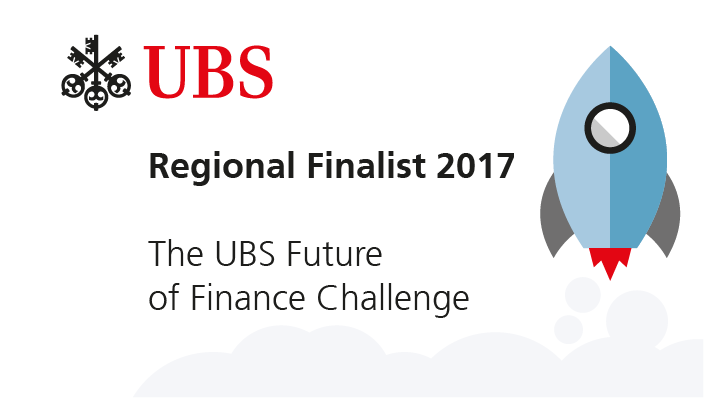Building an AI fund Using I Know First’s Algorithmic Investment Signals
In the following article, we update the performance of mid-term oriented algorithmic trading strategies built on I Know First’s AI-based forecasting signals geared at collaborations with institutional investors to bring an AI fund to the marketplace.
I Know First Overview:
I Know First is an Israeli fintech company that brings artificial intelligence to the financial world by providing daily investment forecasts based on an advanced self-learning algorithm. This algorithm generates investment predictions for a universe of over 8200 assets which result in a daily ranking of investment opportunities. These can easily be integrated into investment selection processes and, combined with the appropriate strategy, be translated into portfolios with outstanding statistics for all types of investors.
Here we focus on ways of constructing portfolios of S&P 500 stocks exclusively determined by the quantitative investment signals with extended holding periods geared at being used in an AI fund in collaboration with a financial institution.
Rollover Strategies to build an AI Fund:
In these strategies, I Know First’s mid-term signals are used for the investment selection. The general idea is to use strict investment signal filters to determine the positions to open and slightly relax these conditions when deciding to keep the positions in the portfolio in order to avoid frequent position rebalancing and thus to increase the holding periods.
Selection is focused on the S&P 500 stocks with the strongest three-month forecasts and high predictability levels. The desired portfolio size is 10 stocks for all strategies and positions are adjusted based on the daily updated forecasts, where shorter term signals are used as time elapses (rollover) resulting in a maximum holding period of 63 trading days. When our algorithmic forecasts indicate that price targets have been reached, positions are closed and replaced by new ones as selected by our algorithm on the respective trading date.
In the table below (click on the table to enlarge) performance numbers of several variations of this strategy (rows 1-4) versus the benchmark (SPY ETF, row 5) are presented for the period 08/2015-02/2018. Both spreads and commissions ($ 0.005 per share) are applied.

Row #1 represents the basic strategy (which trades long/short) while row #2 the same strategy for which positions which pass a certain profit level are closed in order to realize gains and move on to more relevant stocks. Rows #3 and #4 parallel rows #1 and #2, however, they limit the proportion of the portfolio that can be invested into short positions to 15% (typical conditions for mutual funds).
The table shows that all strategies outperform the benchmark with total returns reaching 83% versus the benchmark’s 33%, Alpha reaching 0.2, Betas as low as 0.01, Sharpe Ratios as high as 1.26 versus the benchmark’s 0.96, and holding periods of around 28 days.
The chart for the portfolios is shown below.
Conclusion:
The strategies presented above with holding periods of about a month and strong performance statistics present excellent opportunities to bring an I Know First AI fund to the marketplace. The portfolio’s historical Total Returns of up to 83% and Sharpe Ratios up to 1.26 in the 2.5-year period significantly outperform the S&P 500 index and would provide an exciting and modern investment opportunity.












